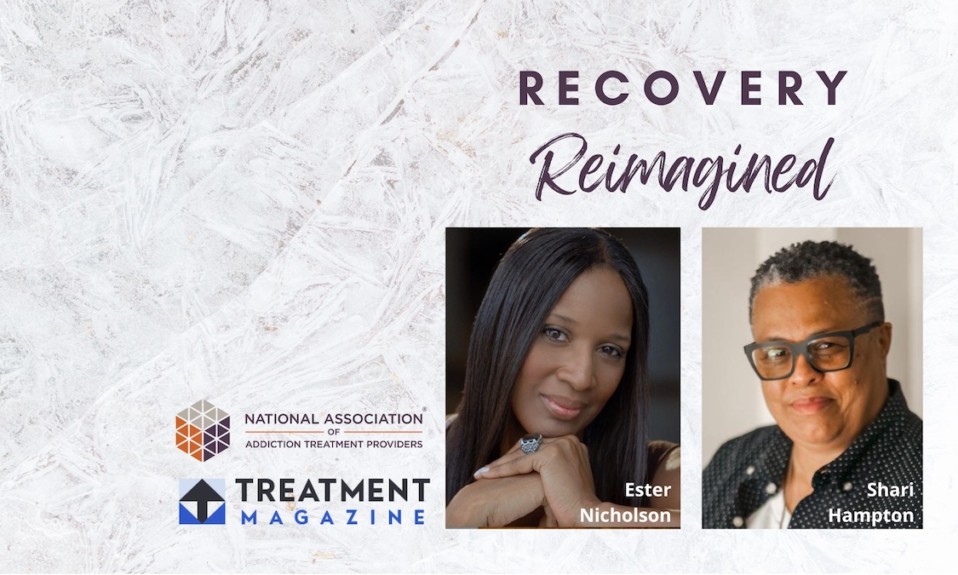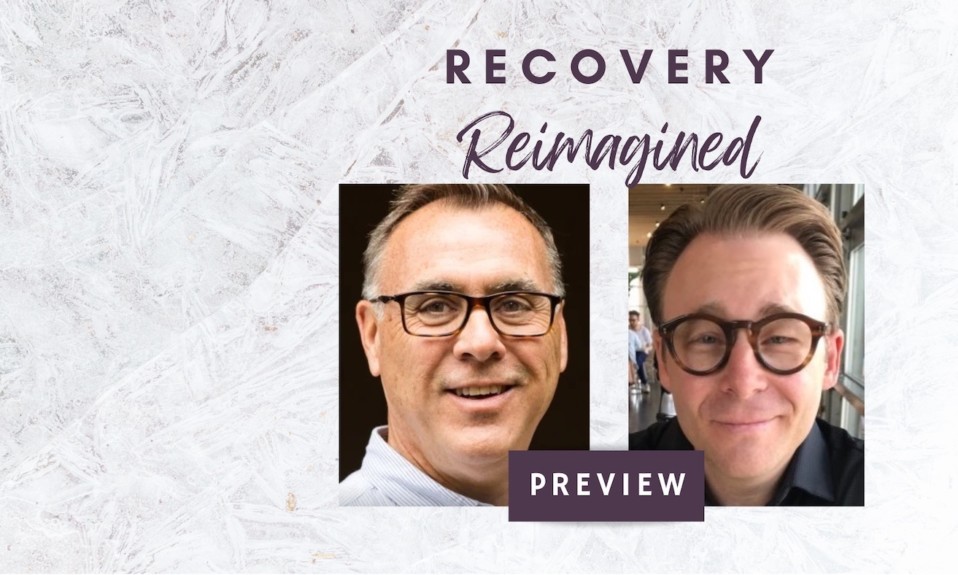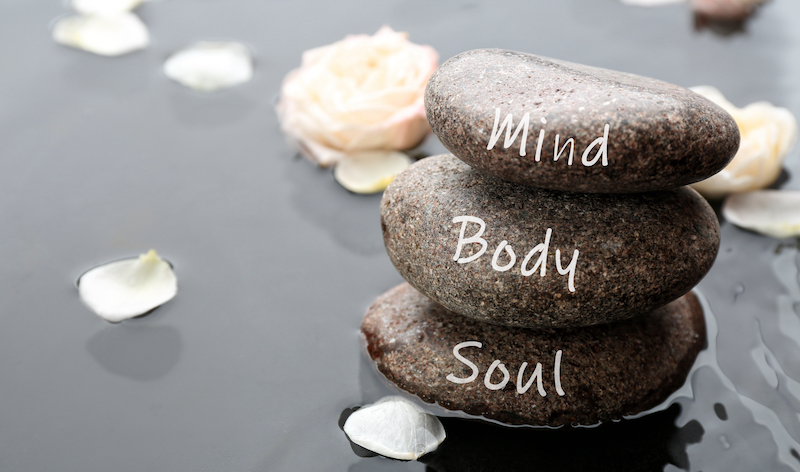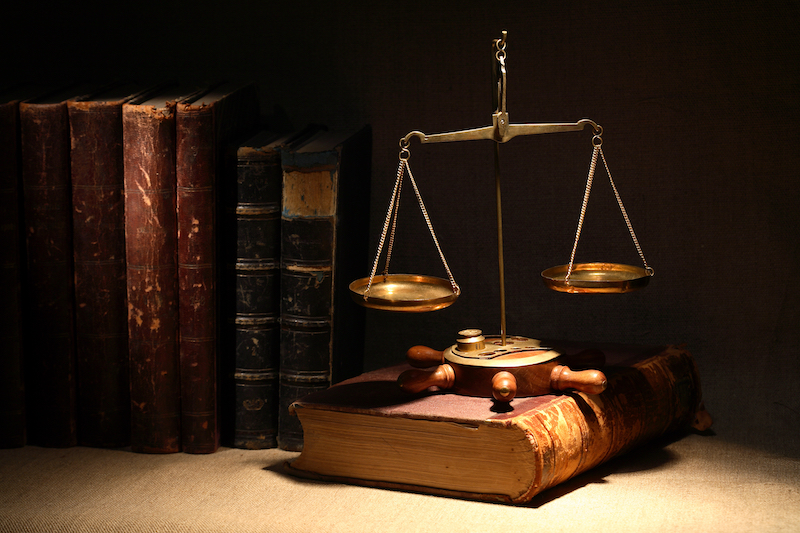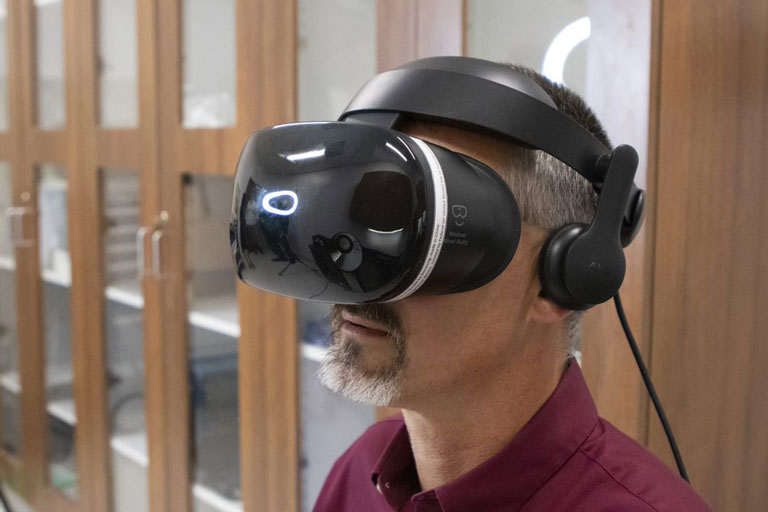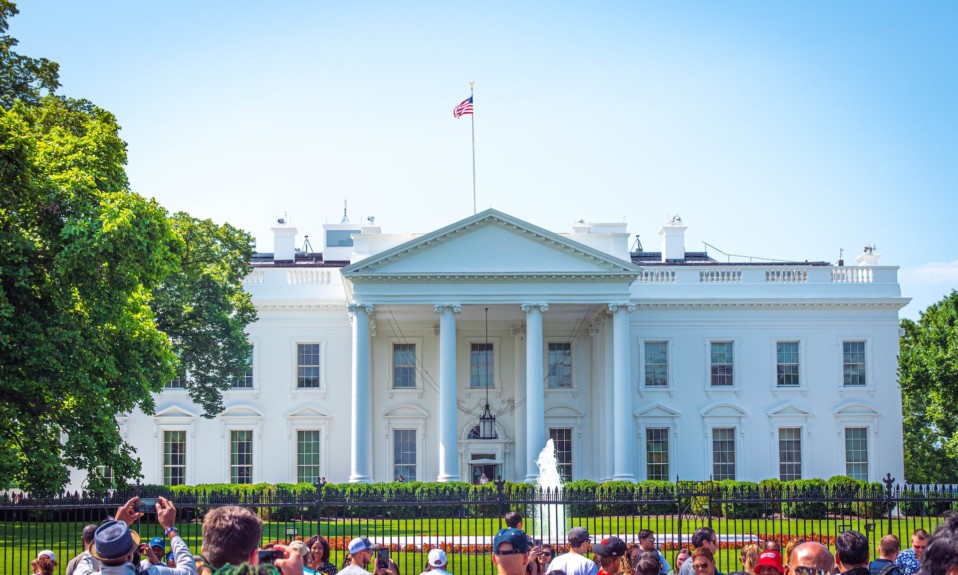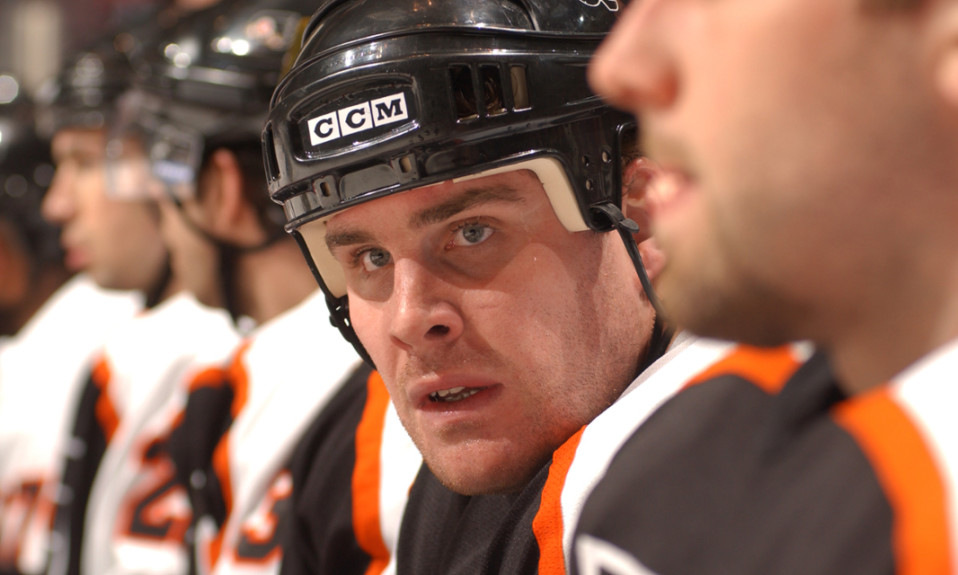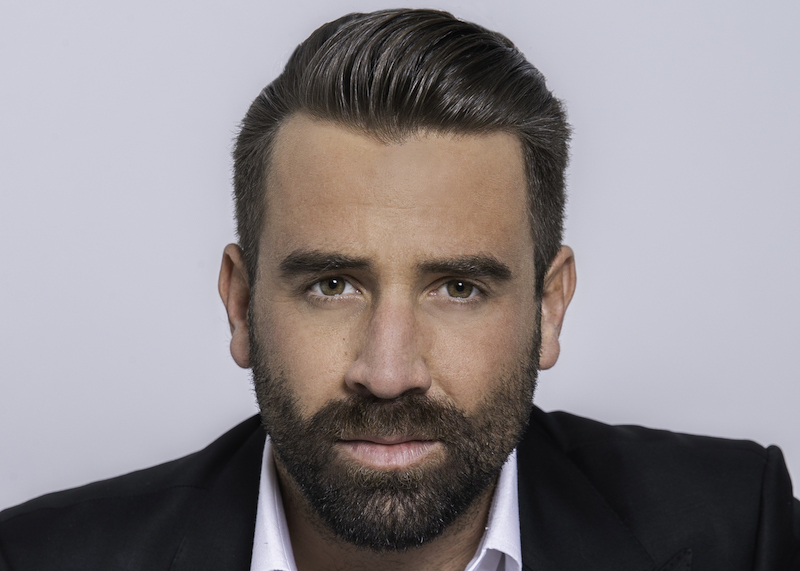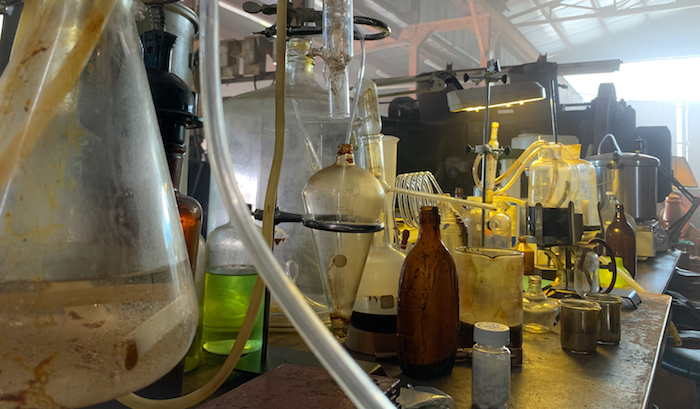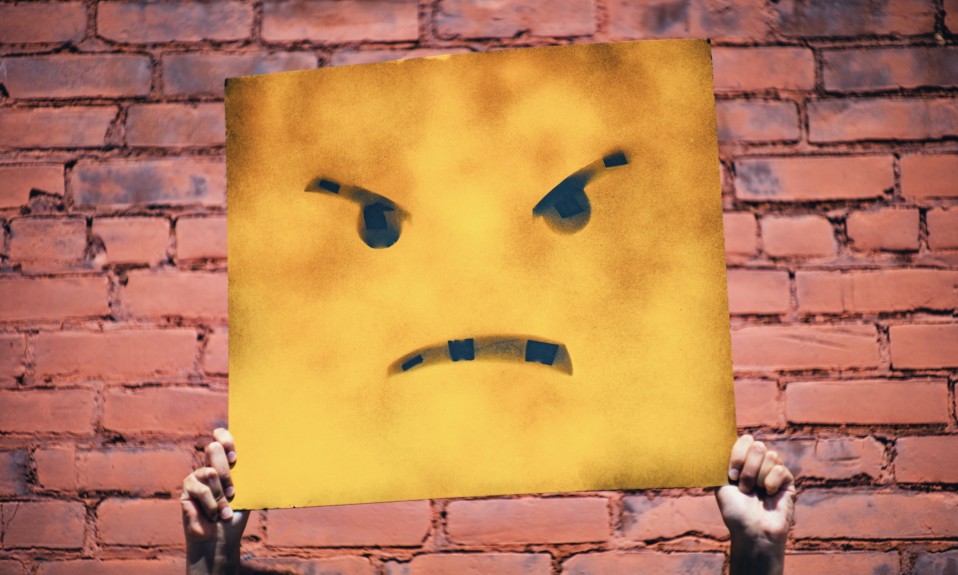The two recovery coaches dive deep into the value of the 12 steps, overcoming racial inequities, the promise of technological innovations and more
By Annie Peters, PhD, LP
Editor’s note: In this third installment of the Recovery Reimagined series—a collaboration between the National Association of Addiction Treatment Providers (NAATP) and TreatmentMagazine.com aimed at bringing new ideas to the field of addiction and recovery—we have a wide-ranging conversation with noted recovery coaches Shari Hampton and Ester Nicholson.
In addition to their work with the SHE RECOVERS Foundation, they are furthering the field with their own undertakings. Nicholson is founder and CEO of Soul Recovery, and is a trauma healer and unconscious racial bias trainer and healer; Hampton is founder of Shari Hampton Consulting and also does training work on anti-racism.
The interview was conducted via Zoom by Annie Peters, PhD, LP, director of research and education for the NAATP.
ANNIE PETERS: When we think about the future of addiction treatment and recovery, there are two very important issues, and you both work in both these spaces. One is recovery coaching and long-term support of people in recovery from addiction. The other is racism and bias, and how these have impacted the addiction treatment system and other systems in our country.
We usually start with a general question that centers on the title of this series: Recovery Reimagined. So, when you think about the field of addiction treatment and recovery, what needs to be reimagined?
ESTER NICHOLSON: From a diversity, equity and inclusion perspective, I imagine that there is no such thing as systemic racism. I imagine that there is no such thing as people of color and typically marginalized communities being underrepresented in treatment and in therapy. That there is an equality that goes on there. That treatment professionals are fully capable, sensitive and trained to observe and address racial trauma—not only in Blacks and people of color but in white people as well. That the racial trauma that is usually in the unconsciousness of whites is unconscious because they don’t even know about it. That it comes out in treatment, either as staff who can address that or as residents who use racial slurs toward other residents or anyone who’s different than them, because of the unhealed trauma within them that hasn’t been addressed.
“I imagine a different world in recovery. I imagine that we start from the premise that you are not broken or damaged—that you are whole and perfect and complete, but it has been traumatized out of you.”
—Ester Nicholson
From that perspective, I imagine a different world in recovery. I imagine that we start from the premise that you are not broken or damaged—that you are whole and perfect and complete, but it has been traumatized out of you. Your worthiness has been traumatized to the degree that it is obscured from your conscious awareness. [It would be better] if we could start people in recovery or their mental health progress from that place: You are not broken and you are enough, [and] we are here to help you rediscover that.
PETERS: That’s such a wonderful, beautiful vision, and I hope it isn’t always just a vision. Shari, what do you think needs to be reimagined?
SHARI HAMPTON: Moving forward, I don’t think I want to go after Ester—that was fantastic. It’s a great place for us to start. I think one of the challenges we have in treatment is that the major focus is on the 12 steps. So, what I would reimagine is that we broaden our perspectives and focus more on holistic approaches. I know that’s starting to come about, but there’s still such a focus on 12 steps, and I think it discourages some of those folks who don’t have that connection. When you think about Buddhist Recovery Network, SMART Recovery [or] Women for Sobriety, there are other options. For me, [it is a matter of ] looking at healing that’s more deeply rooted in the holistic self and giving folks the opportunity to explore those pathways. That would level up, so to speak, what we offer in terms of services for folks who want a different way. That’s how I would reimagine and recovery
PETERS: Is there anything particular about the 12-step model that you’ve seen people not relate to or struggle with?
HAMPTON: How much time do we have? One of the experiences I have is that it’s very male-centric. There’s a lot of patriarchy. There are a lot of white supremacist thoughts, in terms of not really bringing in the cultural aspects of people of color. Do I think they’re doing a better job? I hope so. I think that’s the goal, but it’s historically been a challenge. I really think we need something that’s a little bit more centered for all communities.
NICHOLSON: I understand, from that perspective, why people feel that way. I don’t want to say it breaks my heart, but it bothers me that it’s so misunderstood. If we took away the words “12 steps” and just looked at the principles naked and alone, they’re not gender-based. They’re not color-based or anything. They’re just basic spiritual principles. If you read the first 164 pages of the Big Book, it is definitely gender-based and excludes a lot of people. But if you can turn away from that and really focus on what the steps are saying—“I admit I am powerless over my addiction, and it has made my life unmanageable”—[they are more inclusive].
These steps are so foundational, and I think we’re getting the spiritual principles of the 12 steps mixed up with the rooms, or mixed up with the people in the rooms. There are a lot of people in the rooms who are not spiritually fit. When you go to the doctor, it’s because you are admitting that you can’t heal this problem on your own. You are believing in a power greater than yourself to support you in healing this problem. You are turning your will and your life over to something that is greater than you are experiencing in that moment.
In order to heal our core issues, we must examine our stuff. We must examine our belief systems and our perceptions and our old ideas that no longer work. In SMART Recovery and these other movements, they are covering those basic principles and just not calling them the 12 steps. Sometimes the word “God” might trigger somebody because they’ve been abused by that word. The universe doesn’t care what you call it. If that word bothers you, then don’t use it. If the words “12 steps” bother you, don’t use them. But the principles stay the same. In a world where we reimagine recovery, the 12 steps are acknowledged for what they are, and we can look at them independently of AA and the [other] Anonymous programs. We can look at them as life-changing and life-saving spiritual principles. This work isn’t about me; it’s about the people I serve. I want to speak to you in a language that you understand and resonates for you. So, even though I’m a big believer in the 12 steps, I’m in connection with thousands of people who it might be a trigger for.
“In order to reimagine something that has a wider net and attracts a larger audience, we have to be able to say this is not the only way. This is one way. There are multiple ways you can get to recovery.”
—Shari Hampton
HAMPTON: You bring up a good point. I think that’s what I’m speaking to: [making sure] folks just have the option. I don’t think it resonates with everyone; I really don’t. I’ve seen firsthand where it hasn’t. A lot of times you go into treatment and you don’t have that option. In order to reimagine something that has a wider net and attracts a larger audience, we have to be able to say this is not the only way. This is one way. There are multiple ways you can get to recovery. That would be my perspective—just being able to broaden the net a little bit.
NICHOLSON: One size does not fit all, absolutely. Clients have come to me and said, “I absolutely don’t want to do the 12 steps.” By the time we’re getting into our work, we’re doing the 12 steps. I just haven’t mentioned the 12 steps, but the principles are the same. Truth is the truth. We’re just getting you out of the way so that you could tap into your innate power, that’s all. That’s what the steps are designed to do. It’s to help you have an experience of your higher self, no matter what we call it.
PETERS: This makes me think about the difference between what’s available for treatment and what’s available for recovery support. Our treatment system was built concurrently around a medical model and a peer-based model, and has evolved into what is available today. The field of recovery support, although it’s older than “treatment,” is more and more recognized as a valid part of healthcare. In both treatment and recovery support, what you’re both touching on is the importance of them being individualized. What is recovery support and what does it mean to provide recovery coaching? I think it’s helpful to get some understanding around those pieces since you both do that work.
NICHOLSON: We are recovering and rediscovering on so many levels. When someone comes to me for recovery, I want to make sure they are doing not only the spiritual and emotional piece, but also the physical piece. They’re also doing the holistic piece from that perspective—in particular if we’re talking about women. If a woman comes to me and she’s doing this work and just can’t get settled and is filled with anxiety and is having depression, I’m going to recommend she goes to a doctor and gets treatment. I’m building a team around me where I can say, “You know, I’d like you to call this person, because if you are chemically imbalanced, you can’t settle down and do the spiritual and emotional work.” To continue to expect someone to be able to do that when they’re chemically imbalanced and not getting the help and the supplements or whatever it is they need is just not helpful to them. It’s not supportive to their treatment and to their recovery process at all.
If a woman I see is probably in menopause, it’s like, “I need you to go get your hormones checked. I need you to get your bloodwork checked. Let’s make sure we have a foundation to start the spiritual and emotional work. Having a team of holistic doctors and functional doctors that I can refer people to [is important so that they can] feel fully supported.
HAMPTON: This is one of the things Ester and I agree on. You do need a team. I know for me, I recovered with a host of folks; I needed everyone in my corner. I had a psychotherapist, a healer, a nutritionist, a chiropractor and an acupuncturist. When a woman or whoever comes to me and is looking for support, I love to work in tandem with a therapist. It’s important to understand that therapy and coaching are not the same. A lot of times, you can butt right up to that line where folks start talking about things that really are out of my wheelhouse. What I have found particularly helpful is that when someone is in therapy, some things that come up in our coaching conversations and the worksheets we do roll into a therapeutic relationship. I can say, “You know, let’s have you talk [about] this with your therapist. Let’s have you go back and digest some of this in therapy.” The other thing is just having a team of other professionals around you. Being able to talk to someone about your nutrition or your health is critical.
PETERS: Since you both do work on unconscious racism, antiracism and bias, I want to speak to that directly for a moment. How do you both see the field of addiction treatment and recovery and just the process of recovery being impacted by racism? What does it mean to be antiracist in recovery or be healing from racial trauma in recovery? What is the connection between race, addiction, treatment and recovery?
HAMPTON: I think we have to admit and agree that recovery systems and treatment systems are all swimming in the other systems. The systems of healthcare, systems of criminal justice, systems of employment—they all are impacted by systemic racism. As an example, let’s use referrals. So, you get a referral to go to treatment. The referral maybe comes from the criminal justice system. That is impacted by racism. How we view folks that get treatment versus people that are going to prison, how we divert them into treatment programs—all of that is impacted by racism. It starts with the referral process. The referral process has to do with which type of insurance you have, and that has to do with what type of job you have, and all of that’s impacted by racism. Starting at the very beginning piece of how you even get into treatment is impacted by systems that are impacted by systemic racism. That’s one thing.
The other thing we have to address is that racism is trauma. There’s no way around it. Studies have shown that racism has an impact on how you relate to other areas in your life. It has an impact on how you misuse substances. It has an impact on your stress levels. Racism is traumatic not only for those who are experiencing it, but also for those who have witnessed other people experiencing it. Think about the video of George Floyd. Even if you just witnessed that video, you were impacted by the trauma he experienced. I don’t know if you can really separate it out. It’s really deeply rooted, and as treatment professionals, we have to first own that racism is traumatic. Looking at the work that Ester does, being able to tease that out and address that and heal that, is really transformative. What she’s doing is so far ahead of where we are right now.
“Having a team of holistic doctors and functional doctors that I can refer people to [is important so that they can] feel fully supported.”
—Ester Nicholson
NICHOLSON: The first step in addressing and healing unconscious racial bias is to acknowledge that [the bias is] possible. Sometimes when people aren’t conscious of something, they’re like, “Well that’s not possible because I’m not conscious of it.” Versus being open to believing that we all have blind spots and we all have those places within us that we’re not aware of. There are places within all of us that have unconscious racial bias. From my perspective and based on the work that I do, it is psychological and spiritual. It’s based on a spirituality malady and emotional dysfunction. Not just [for] Blacks, but whites. Everyone has been indoctrinated on a cellular level to this trauma, these ideas, these deep core beliefs, these perceptions of otherness, superiority or inferiority. It’s all delusion, of course. In order to really get to the foundation of healing that, I bring in the 12 steps of recovery. I treat it as an addiction.
Yesterday I had an opportunity to do an all-day workshop for about 20 white men—to invite them to bring into their awareness their unconscious bias and to begin the process of working with the spiritual steps on those. It was really life-altering and amazing. We need to treat it like we do any other addiction. We need to also address the white people who are already in treatment and acknowledge their racial trauma, even if they feel as if they don’t have a racial bone in their body. If they were raised into an environment of that, they too have been traumatized. From a spiritual perspective, the moment you have bought into the erroneous belief that you are separate and apart from everyone else—meaning you’re separate and apart from a higher power, from God, or whatever it is that you want to call it—your psyche has been traumatized. When we can connect this to healing, we can definitely relate it to addiction, treatment and recovery.
PETERS: We started with what needs to be reimagined in recovery. We talked about some of the pieces specifically around race and trauma that are involved with that. The next step is, how do we get there? What change needs to happen? What’s standing in our way?
NICHOLSON: We have to stop comparing traumas, first of all. We have to stop white-shaming and white-blaming and white-guilting, because I don’t think that’s conducive to the hearts we’re trying to open, to having open, honest conversations and creating a field of empathy for each other. It’s easy as a Black person to look at a white person and say, “You white folks did this.” Look at the energy we put behind that, and then think about how a white person is supposed to respond to that. No one can respond to being talked at or feeling accused or shamed. That’s the difference between cultural humility and compassion and accountability. Just talking at these people—saying you did this and you have to change this, and you have to change that and look at the statistics—[is not enough]. Let’s acknowledge all of that is true. How do I approach you so that you feel safe enough in this container that I’ve created to be uncomfortable with the stuff you don’t even know that you had to heal? That’s the first step to this: We have to create a new approach.
I’m in process with this as well. I’m not talking about sugarcoating the approach or denying what’s going on and what has happened. But [what] if we look at this relationship between whites and people of color or underrepresented groups, and we take white and Black off of the table and just look at relationships? If I’m saying you did this and you did that, how is that conducive to having this connected relationship? We need to release the defensiveness, release the attacking, release the shaming, and be interested in connection.
Let me be curious and interested in your cultural stuff as well, because I’m asking you to do that for me. I don’t want to be discriminatory and divisive in these ways that I’m asking you to heal. We can get kind of hypocritical about that. I can’t talk about what you’re doing, and that’s the only thing I’m focused on, and not look at how I’m now doing the same thing to you. [You have] to approach this with an open heart and be completely ready and open and available and receptive to do the work I’m asking you to do.
“We need to get more attention to person-centered, individualized care and start looking at the barriers. That would really open the door to addressing where we are.”
—Shari Hampton
HAMPTON: So much I want to say about that, but I’m going to try to stay on topic because we have a fundamental difference there. I want to address the question specifically. You asked what do I think would make the biggest impact and how can we begin to start this process. We need to get more attention to person-centered, individualized care and start looking at the barriers. That would really open the door to addressing where we are. The barriers are different for different folks. When you look at the BIPOC community, you have to look at stigma associated with mental illness, and there’s not any diversity with providers. You look at the distrust of the healthcare system. To move the needle, you have to look at the barriers to care that people of color have.
The other piece in terms of having this conversation with white folks is it’s an uncomfortable conversation. But you can’t ignore the damage that’s been done to the Black Indigenous community. We have to be clear about that. The main thing is that if we can just get more person-centered treatment and address the individual barriers to care folks face, that would be a great place to start.
PETERS: Let’s talk about some of the most promising changes you’ve seen in the field of addiction treatment and recovery in recent years?
HAMPTON: Two things for me. The first one is online programs. I love the fact that there are online alternatives. Tempest comes to mind. I happen to be a recovery coach for Tempest. I love the fact that it’s accessible for people around the world; it brings in a lot of diversity. I’m equally excited about the social media presence, the fact that there are so many platforms now. There are dozens of programs where people can dial in from their phone, and everybody is tethered to their phone. So, you grab [your] phone out and say, “I’m gonna get some support. I am stuck today. I’m triggered today. I’m feeling alone today.” Being able to open an app and get some resources right away—that’s where treatment is headed. I’m all about that, giving folks options and access in ways that meet them where they are. We are on our phones more than anything else, and to be able to access treatment services on the phone is really exciting. There are some new apps that are just fantastic.
NICHOLSON: I’m really excited about that, too. The accessibility to everything from A to Z that someone could tap into just with their phone or computers. That’s a really important expansion that has happened on the planet. What I’m also excited about is that people are wanting and needing to go so much deeper. People are asking to really heal, and they’re available to going deeper than they’ve ever gone before, because they understand that what used to work no longer works. I’m excited about people who are on the cutting edge of healing. It’s starting at this place of wanting to remember who they really are and knowing they’re not unworthy and that shame doesn’t define them. They’re willing to go beyond that story. I know we have to tell the story. The story is important. But for people to start to understand that they don’t have to pull over and park at the story [is important]. Parking at the story just continues to exacerbate the story. We have to go beyond the story. We can’t heal the problem at the level of the problem.


